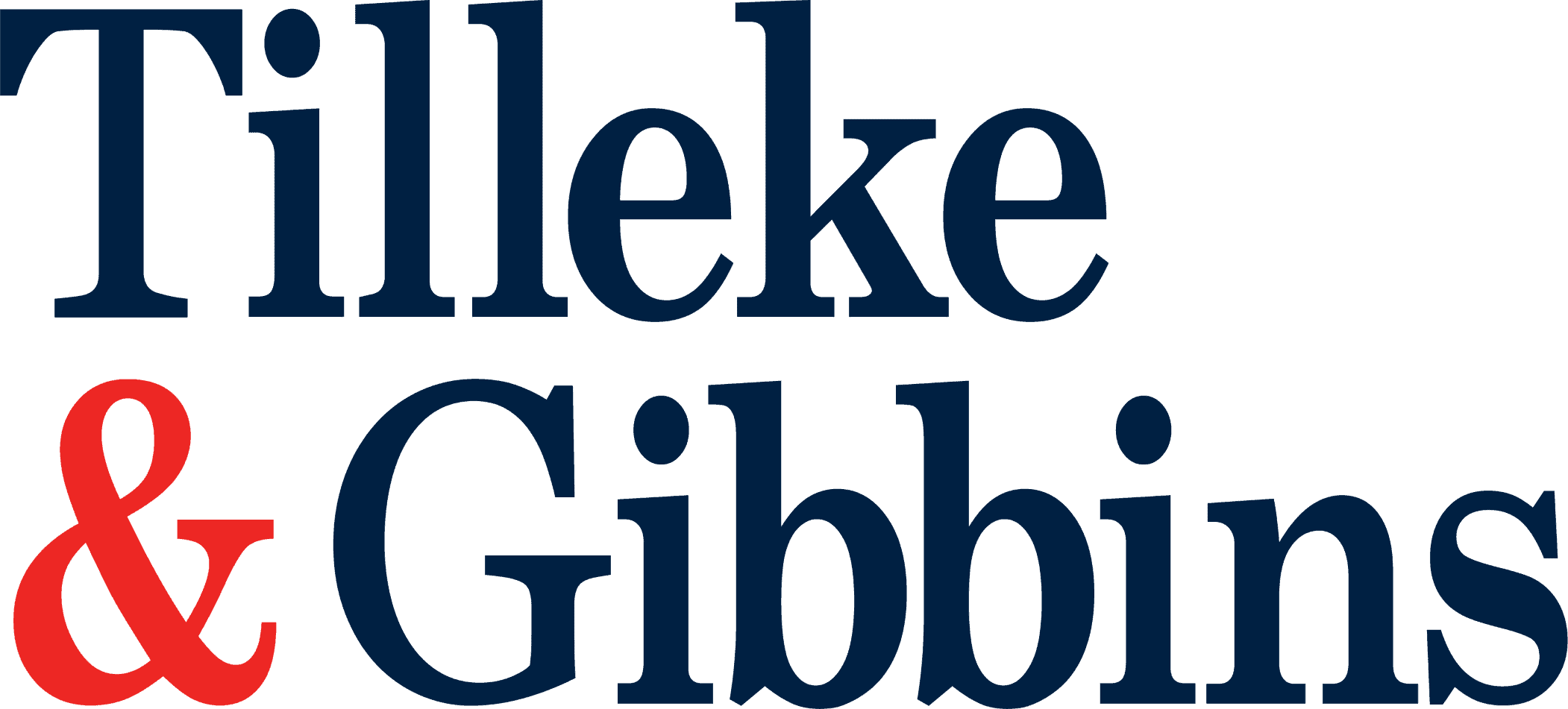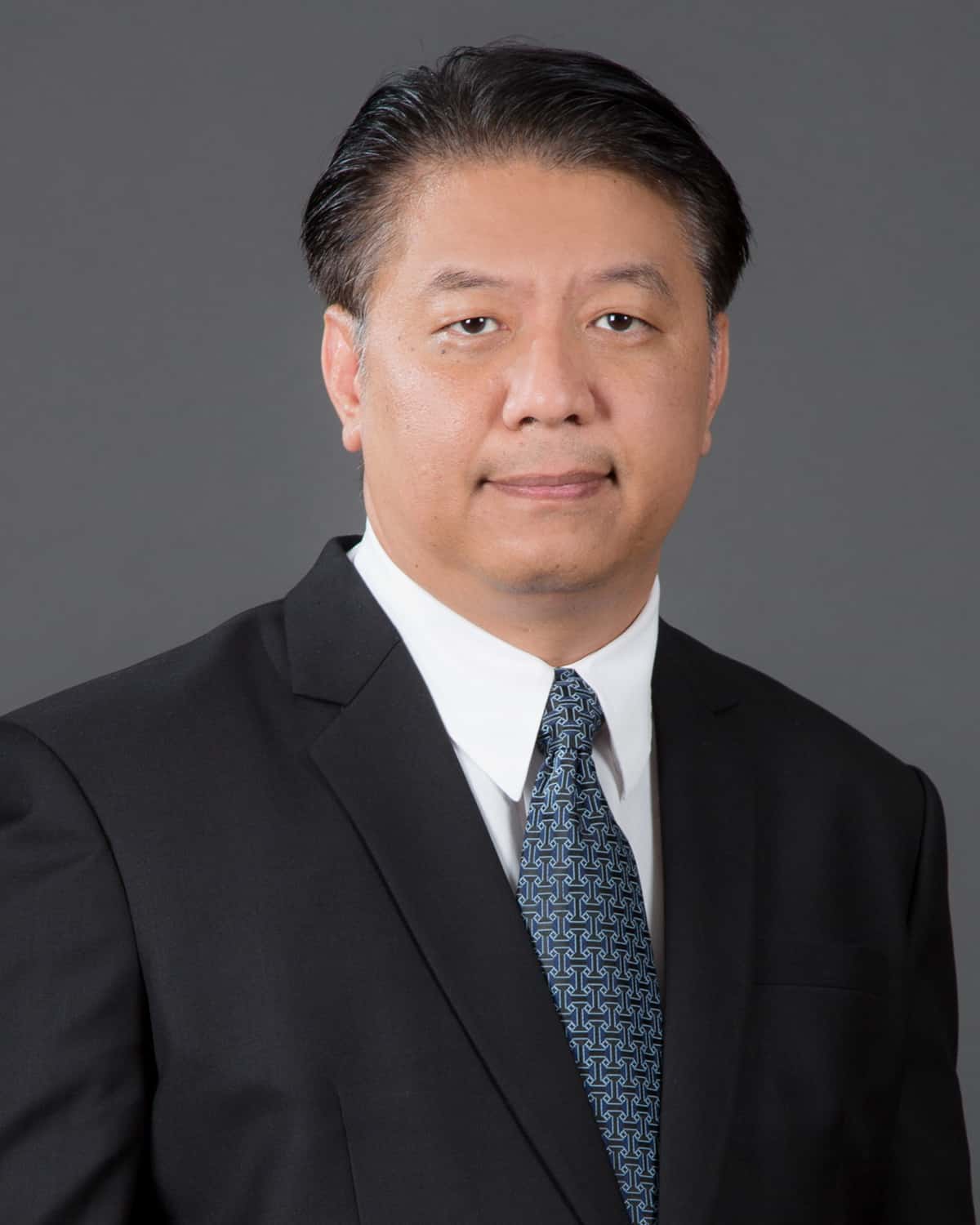
Thailand’s desire to increase its competitiveness as an investment destination has led to the passage of the Trade Secret Act 2002 (TSA). The TSA is the most recent law on the protection of industrial property rights in the Kingdom and complies with Article 39 of the Agreement on Trade-Related Aspects of Intellectual Property Rights (TRIPS Agreement). For all its virtues, however, the TSA contains a loophole that may undermine its central goal of preventing unfair competition in Thailand—the TSA does not explicitly vest ownership of a trade secret in a single owner. This loophole is especially problematic where both an employer and an employee claim ownership of a trade secret.
In the course of conducting business, an enterprise may hire a researcher or a team of researchers to create new products or improve existing products. Any trade information, which includes, but is not limited to, formulas, methods, techniques, or processes discovered in the course of research, may be entitled to protection as a trade secret. Akin to other types of intellectual property laws, the TSA grants a negative right to the owner of the trade secret, permitting him or her to exclude others from the act of disclosure, deprivation, or usage of the trade secret. In the event that the right of the trade secret owner is infringed, the owner may bring an infringement action against the alleged infringer in Thailand’s Central Intellectual Property and International Trade Court (IP&IT Court).
In an infringement action, the plaintiff must prove both ownership of the trade secret and that the trade information qualifies as a trade secret. Unlike the Thailand’s Patent Act 1979, the TSA does not require the registration of the trade secret. And, unlike the Copyright Act 1994, the TSA does not include a presumption that the plaintiff is the legitimate owner of the trade secret in dispute. Consequently, the plaintiff is inevitably faced with the prospect of proving his or her ownership of the trade secret.
The TSA identifies the owner of a trade secret by specifying the actions that qualify an entity to claim ownership. To wit, an owner of a trade secret is:
- the person who discovers, invents, compiles, or creates the trade information;
- the person who has a legitimate interest in the testing result or trade information that is a trade secret; and
- the transferee.
If you paused to note the conjunction in this definition, you have read this definition correctly. Ownership in a trade secret can theoretically be vested in multiple entities. For example, an employer would own the trade secret by virtue of having a legitimate interest in the trade information and an employee would also own the trade secret because the employee created the trade information.
Where multiple persons qualifying as owners under provisions (1) and (2) above claim ownership in a trade secret, the TSA appears to be silent on which owner would have superior rights. In this instance, it is appropriate to apply a variation of the canon of construction named in pari materia (upon the same matter or subject), which provides that, in the event of statutory ambiguity, clarification may be derived from reviewing statutes on the same subject matter.
We look first to Thailand’s intellectual property regime. Thailand’s Patent Act 1979 provides that the first right to apply for a patent for an invention made pursuant to an employment or other contract belongs to the employer or the person who commissioned the work, unless otherwise provided in the contract. Thailand’s Copyright Act 1994 provides that the copyright in a work created by an author in the course of employment vests in the author, unless otherwise agreed in writing. The employer, however, is entitled to communicate such work to the public in accordance with the purpose of the employment. Here, the opposing ownership rights may be reconciled by considering the economic realities underlying the creation of the work.
In creating a copyright work, one could say that the employee, who is the author, would have to rely on his or her own creative ideas and effort rather than the information or resources owned by the employer. Therefore, it may be proper to grant the superior ownership right to the employee who created the copyright work as an additional incentive. On the contrary, in creating an invention, the employee would need to significantly rely on the employer to continuously invest in research and development (R&D). Therefore, it is important that the law recognizes the commercial interest of the employer in the invention, by granting the first right to apply for a patent as an incentive to invest in R&D. An argument can be made that a trade secret is more akin to a patent in the nature of the subject matter, as both protections are related to technical or commercial innovation. Further, the employer has a compelling commercial interest in both trade secrets and patented products because both require extensive R&D investment.
Looking further afield for guidance, the European Community has determined that it is preferable to leave the question of ownership of an invention created by an employee open for each nation to answer in accordance with its own laws. The European Patent Convention, therefore, does not specify who has the first right to apply for a patent. The rules relating to the ownership of an invention created by an employee differ greatly among the member states of the European Community. Similarly, copyright laws vary by jurisdiction. The United Kingdom, for example, grants copyright ownership to the employer. This approach is supported by the rationale that the employer is in a better position to derive profit from the copyright work.
While parties (and courts) may look to the intellectual property landscape and the various rationales underlying same to craft their arguments, it is clear that trade secret ownership should not be determined in the context of a dispute or litigation. Instead, employers should enter into a valid written agreement between the employer and the employee to conclusively identify the party who is the only legitimate owner of the trade secret.
Employers can also consider, with able legal counsel, the possibility of taking a transfer of a trade secret. Section 5 of the TSA provides that “[t]he trade secrets owner is entitled to disclose, deprive of, or use the trade secrets, or license someone else to disclose, deprive of, or use the trade secrets. He may also stipulate any terms and conditions for the maintenance of the secrecy.”
Note, however, that taking rights as transferee may also be fraught with uncertainty. In taking rights as a transferee, the employer must first acknowledge that the employee was the initial owner of the trade secret. While this acknowledgment is necessary to effect a valid transfer of rights (if the employee does not own the trade secret, he or she has nothing to transfer), it will likely undermine any ownership claim subsequently made by the employer. Further, the employer must make certain that the employer is the only recipient of full rights to the trade secret, and that the employee did not and will not transfer his or her rights in the trade secret, or any portion thereof, to any other entity. Finally, as with the agreement establishing first rights in the trade secret, the owner must take care to ensure that the agreement is valid and enforceable.
In sum, until the law is changed to specify who is the first owner of a trade secret, employers’ rights to trade secrets developed by their employees will be open to challenge. If the ownership of trade secrets is in limbo, businesses may have to confront the problem of protecting industrial property rights or preventing unfair competition in Thailand.

